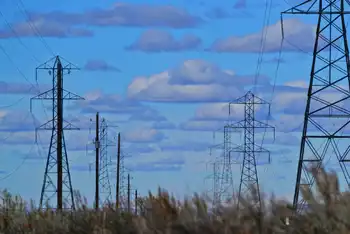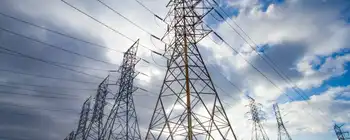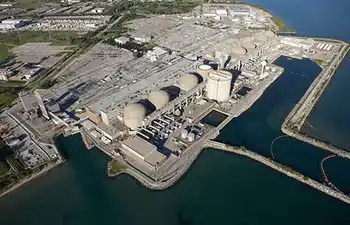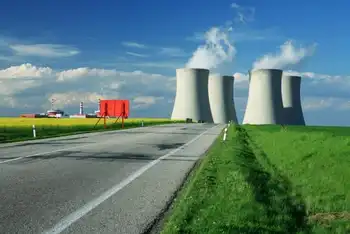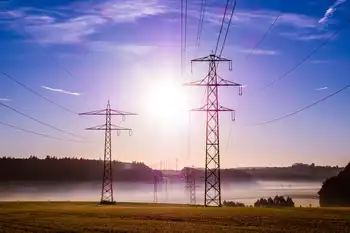PG&E proposes major build-out for EV charging stations
By Pacific Gas & Electric
NFPA 70b Training - Electrical Maintenance
Our customized live online or in‑person group training can be delivered to your staff at your location.

- Live Online
- 12 hours Instructor-led
- Group Training Available
The chargers would be located at commercial and public locations, including multi-family dwellings, retail centers, and workplaces. Approximately 10 percent of the chargers would be installed to support disadvantaged communities. PG&E would also provide tools and educational materials for site hosts and customers to learn about the benefits of electric vehicles.
"Our proposed build-out of EV charging infrastructure aims to accelerate customer adoption of clean, quiet, and efficient plug-in vehicles by reducing lingering range anxiety. It reflects our commitment to helping the state of California meet its critical clean air and greenhouse gas emissions reduction goals by promoting cleaner transportation," said Tony Earley, chairman, president, and CEO of PG&E Corporation.
"By supporting market acceptance of electric vehicles, it should create tremendous new opportunities for other infrastructure and technology companies, help keep California in the forefront of EV innovation, and create new jobs in local communities across Northern and Central California," Earley said.
More than 60,000 plug-in electric vehicles are currently registered in PG&E's service area, which represents more than a fifth of all EVs in the United States.
The Governor's Office has called for 1.5 million zero-emission vehicles in California by 2025 to help meet the state's ambitious goal of reducing greenhouse gas emissions 80 percent below 1990 levels by 2050. To support that plan, industry models suggest that PG&E's service area will need about 100,000 Level 2 chargers in public locations by 2020.
All of the 25,000 stations PG&E proposes to build would have Level 2 chargers, which provide up to 25 miles of range for every hour of charging. To support travel between metropolitan areas, PG&E would also install at key locations 100 DC fast chargers, which can recharge an EVÂ’s battery in only 30 minutes.
A growing number of DC fast charging stations are being deployed along the "West Coast Electric Highway," which serves drivers from British Columbia to Baja California.
The chargers would be provided at no cost to the site host. PG&E proposes to own all of the infrastructure, but contract with third parties to build, install and maintain the chargers and manage customer billing. The utility expects that the program will take about five years to complete following approval by the California Public Utilities Commission.
The cost of PG&E's plan, if approved, would be shared by all electric customers as a contribution to helping the state meet its clean air and climate goals.
The total impact on system average bundled rates would be minimal in 2016 and 2017 and would average only a tenth of a cent per kilowatt-hour over the next five years of the program. A typical residential customer would pay about 70 cents more per month over the period 2018 to 2022.





